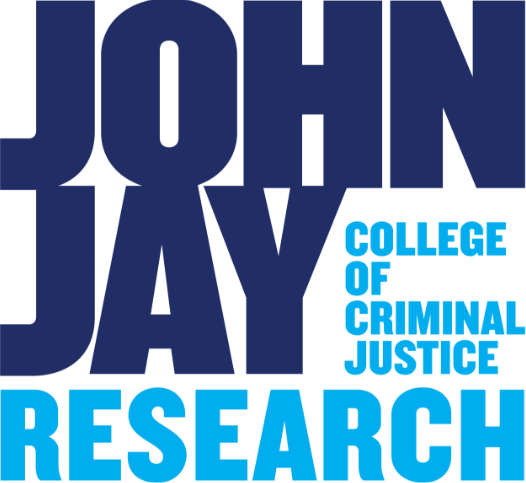Building Toward Resilience
Denise Thompson wants to improve disaster responses
Author: Sam Anderson

In Dominica, that means doing much more than simply repairing damaged infrastructure. It involves a complex evaluation of how different sectors interact, such as education, economics, governance and technology. “There is a systematic and structural approach to doing this,” Thompson explained. “The best way is to look at each sector and examine the intersections between them. But there’s a cascading effect if something is done. We don’t know how one action will affect other sectors.”
Discovering those interactions is a big part of Thompson’s work. When done right, disaster resilience allows countries to repair damage and begin new projects not in a piecemeal way, but with a systematic approach that takes into account the interdependencies among different systems. Taking the education sector as an example, a resilient approach would be investing in new schools that meet storm-resistant building standards, as schools often serve as emergency shelters during disasters. But it may also mean investing in new technology for those schools that improves students’ ability to learn. Improvements in education can have a ripple effect across an entire country; governance and policy sectors benefit from a generation of well-educated students who become next year’s politicians. Improved education can also increase a country’s GDP, leaving more resources to spare for humanitarian aid during disasters.
The interactions among these systems are what Thompson studies before presenting her findings at conferences and to regional government agencies in the countries where she works. Her findings influence policy decisions and therefore have a direct impact on the lives of people affected by disasters like Hurricane Maria. For this work, she was recently awarded the Jeremy Collymore Award for Research in Humanitarian Response and Disaster Risk Management, along with a $5,000 grant to continue her research on strengthening supply chains in the Caribbean. And it’s not only hurricane victims that are affected by Thompson’s work—she has also helped improve protections and work conditions for the emergency workers who respond to those disasters.
Thompson is originally from Jamaica, which has strongly influenced her interest in the region. “There is not a lot of [disaster resilience] literature on poor countries. Most of the literature has been focused on developed western countries like the United States, or Europe,” she said. “The Caribbean is the second-most disaster-prone area in the world (after Southeast Asia). So many disasters take place in this region, but the literature doesn’t reflect that.”
Thompson hopes that through her work, she can increase the attention paid to the parts of the world that need disaster resilience the most. And this does not just include the Caribbean—for example, in Kenya she is studying resilience in the context of droughts, flooding, urban terrorism, and relevant policies.
“It’s not just for research’s sake—it has a purpose,” Thompson said. “I research first, then I influence policy.”
Thompson’s book arguing for the contextualization of and increased funding for disaster response in those areas, Disaster Risk Governance: Four Cases from Developing Countries, is forthcoming this summer.
